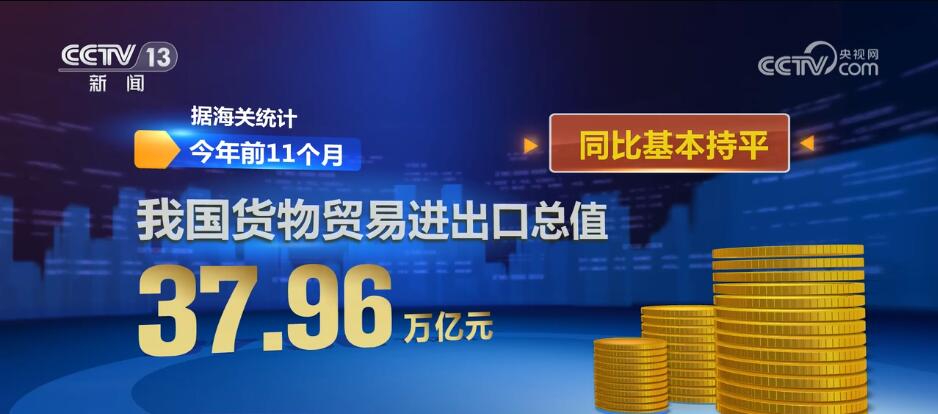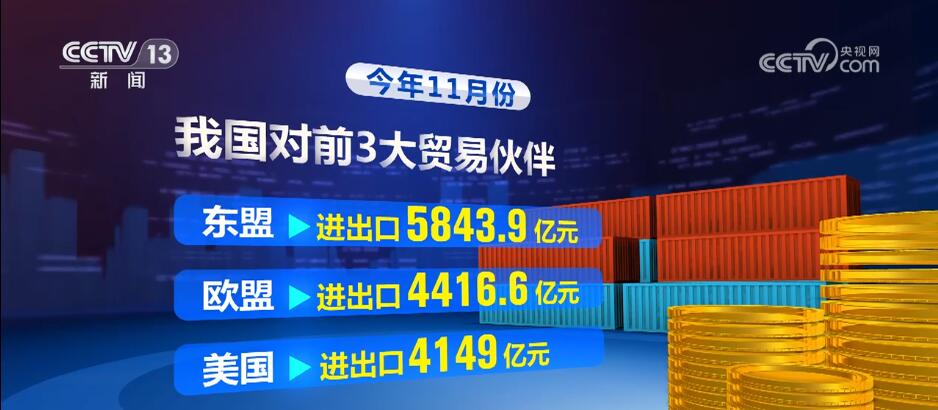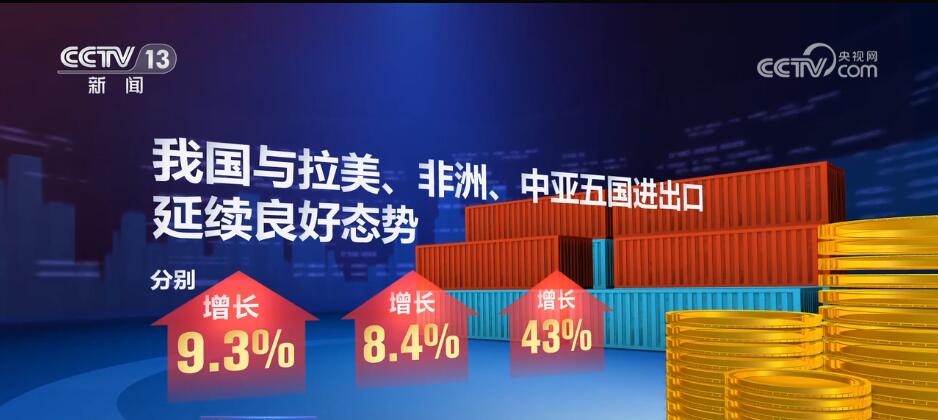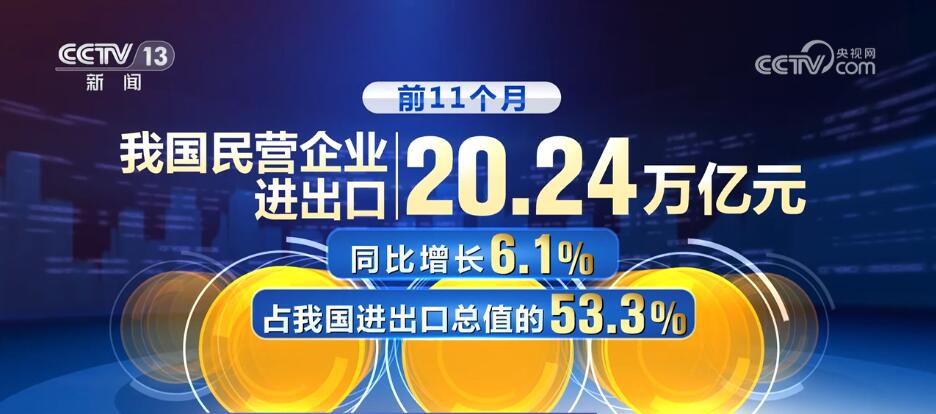On November 25, the Ministry of Education held a news briefing to introduce the progress of the special rectification of ignoring the interests of the masses.
In accordance with the requirements of the central government to carry out special rectification in the theme education of "Do not forget your initiative mind, Keep in mind the mission", the State Supervision Commission of the Central Commission for Discipline Inspection took the lead in centralized rectification of ignoring the infringement of the interests of the masses, focusing on solving the most urgent, worrying and eager pressing problems of the masses. The Ministry of Education focused on solving the problem of children dropping out of school in compulsory education in poverty-stricken areas, resolutely correcting the problem of withholding and deducting nutrition and meal subsidies for students in rural compulsory education, resolutely correcting the problem of withholding and deducting living allowances for boarding students in rural compulsory education, reducing the burden of primary and secondary school teachers and promoting campus food safety.
Wang Guangyan, executive deputy secretary of the directly under the authority Party Committee of the Ministry of Education and deputy director of the office of the leading group for rectification and rectification of thematic education of the Ministry, said that relevant institutional documents will be issued one after another, and the effective practices in practice will be upgraded to systems in time to form a normal and long-term effect.
The problem of dropping out of school in poor areas — —
Improve the joint control and joint insurance mechanism and accurately persuade the return measures.
The Ministry of Education regards solving the problem of children dropping out of school in compulsory education in poverty-stricken areas as the top priority of the work of "special rectification and disregard for the interests of the masses".
Yu Weiyue, deputy director of the Department of Basic Education of the Ministry of Education, said that as of November 20, the number of students who dropped out of compulsory education in 832 national poverty-stricken counties across the country had been reduced from 290,000 at the beginning of the establishment of the ledger to 23,000, of which the number of poor students from families with file cards was reduced from 150,000 to 0.6 million, laying a solid foundation for the full realization of compulsory education in 2020. In the middle and late November, the organization went to Sichuan, Guizhou, Hunan and Ningxia provinces to carry out a thorough investigation, and conducted spot checks to verify the work ledger data and persuade them to return to school through the forms of entering schools and making unannounced visits.
In the next step, the Ministry of Education will continue to improve the long-term working mechanisms such as administrative supervision and resumption of schooling, joint control and joint guarantee by departments, and consolidate the results of special rectification. Carry out the comparison between the national population information database and the student registration system in 2019, implement a new round of verification and persuasion, and establish the student registration for returning students in time.
Interception and deduction of nutritional dietary subsidies — —
"Make sure every penny goes to the students’ mouths"
Up to now, 37 cases involving 8 provinces and regions, including Hebei, Henan, Hunan, Guangxi, Yunnan, Shaanxi, Qinghai and Xinjiang, with a total amount of 174 million yuan, have been found and rectified.
Keep the "bottom line" of capital security and ensure that the national nutritional diet subsidy "every penny goes to the students’ mouths". Establish the awareness of "red line" of food safety to prevent major food safety accidents. Hu Yanpin, inspector of the Education Supervision Bureau of the Ministry of Education, said that the current price fluctuations of pork, vegetables and other foods have had a certain impact on the implementation effect of the nutrition improvement plan. The Ministry of Education is actively working with the relevant departments of the central government to promote the implementation of the national dietary subsidy in combination with the local economic development reality and price level. On the basis of the standard, we will further improve the mechanism for the government, families and social forces to share the dietary expenses to ensure that students can eat well. At the same time, actively negotiate with the Ministry of Finance to explore the establishment of a dynamic adjustment mechanism for dietary subsidy standards.
Interception and deduction of boarding students’ living allowance — —
"zero tolerance" for related violations of discipline and law
On October 21st, the hotline for monitoring, reporting and complaining about boarding students’ living allowance in the compulsory education stage of the Ministry of Education was opened to receive complaints from the masses. On October 31st, the portal website of the Ministry of Education published the situation of reporting complaints and handling problems, which showed that the existing problems of boarding students’ living allowance funds in the compulsory education stage were resolutely corrected, and the attitude of "zero tolerance" for violations of discipline and law such as interception, deduction and misappropriation was adopted.
Liu Jing, deputy director of the Finance Department of the Ministry of Education, said that up to now, 162 issues of living allowance funds for boarders in compulsory education have been initially identified, involving an amount of 129 million yuan. Among them, 17 items were not paid and released in time, involving an amount of 114 million yuan, and the rectification was completed, and the replacement amount was 114 million yuan. 96 items were managed irregularly, involving an amount of 6.18 million yuan, and 87 items were rectified, with a replacement amount of 160,000 yuan, a recovery amount of 190,000 yuan and a standardized use amount of 4.97 million yuan.
Unreasonable workload of teachers — —
The supervision and inspection of primary and secondary schools should be reduced by 50%.
Since the promotion meeting of the special rectification of the Ministry of Education, the leaders in charge of the Ministry have led a team to Shaanxi, Xinjiang and Xinjiang Production and Construction Corps to investigate and supervise the special rectification to reduce the unreasonable workload of primary and secondary school teachers. The Department of Teachers’ Affairs has formed seven research working groups and went to 12 provinces including Shanxi, Zhejiang, Guangdong, Jiangsu, Hebei and Liaoning to urge all localities to promote the "Special Action to Reduce Teachers’ Burden".
Shaanxi Province strictly implements the audit procedures for teachers’ training, and does not recognize credits for training organized by non-educational administrative departments without consent, thus reducing the training items by 30%. Shanxi Province focuses on reducing unnecessary supervision, inspection, appraisal and assessment in the system to promote teachers’ burden reduction. At present, the number of inspection, assessment and appraisal projects for primary and secondary schools in 11 cities in the province has been reduced from 128 to 49, and that for primary and secondary schools in 117 counties has been reduced from 287 to 133.
Zhejiang, Guangdong, Inner Mongolia and Fujian make full use of information technology in the evaluation of professional titles, simplifying processes, reducing paper materials, allowing information to run more and teachers to run less errands, benefiting 2.11 million primary and secondary school teachers.
Liu Jiantong, inspector of the Teacher Affairs Department of the Ministry of Education, said that the "Several Opinions on Reducing the Burden of Primary and Secondary School Teachers and Further Creating a Good Environment for Education and Teaching" approved by the Central Committee for Deep Reform will be issued soon, requiring party committees and governments at all levels to earnestly fulfill their main responsibilities, make overall plans to standardize supervision, inspection, evaluation, social affairs entering the campus, streamlining the filling of relevant reports, and transferring and borrowing primary and secondary school teachers, so as to ensure that the number of supervision, inspection, evaluation and evaluation items for primary and secondary schools is reduced by more than 50% on the existing basis and list management will be implemented,
Food safety on campus — —
Keep the students safe on the tip of their tongue.
At present, there are more than 515,000 primary and secondary schools and kindergartens in China, including 249,000 primary and secondary schools and 266,000 kindergartens. There are 380,000 primary and secondary schools and kindergartens that provide meals centrally through canteens.
Since the special rectification work was carried out, 417,000 primary and secondary schools and kindergartens have implemented the system of accompanying meals by relevant responsible persons. Judging from the participation of parents’ committees in the canteen safety supervision mechanism, 398,000 primary and secondary schools and kindergartens have established parents’ committees to participate in the canteen safety supervision mechanism; Judging from the coverage rate of "bright kitchen and bright stove" in school canteens, the number of schools that have realized "bright kitchen and bright stove" in school canteens nationwide has increased by 67,000 to 340,000.
Wan Lijun, deputy director of the Department of Sports Health and Art Education of the Ministry of Education, said that the next step is to fully implement the system of accompanying meals by the heads of schools and kindergartens, actively promote the participation of parents’ committees in the food safety supervision system, further improve the coverage rate of "bright kitchens and bright stoves" in school canteens and students’ collective dining distribution units, and incorporate food safety and nutrition health knowledge into the teaching content of health education as an important part of the health education activities with the theme of "healthy teachers and students, healthy China", so as to improve students’ food safety awareness and preventive ability. (Guangming Daily, Beijing, November 25th, by reporter Xiaoyan Yan)






